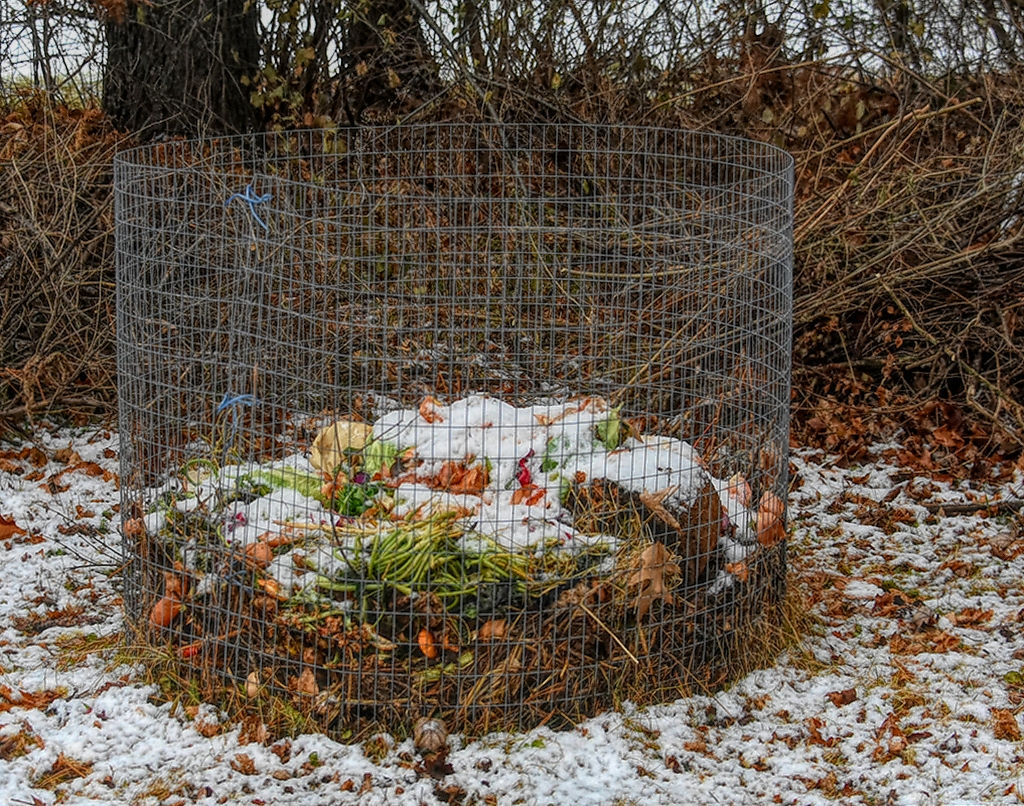
Composting in the Winter: Tips to Ensure Mature Compost in Spring
We’re just days away from the official start of winter, but in most places, it’s not too late to prepare your compost pile before the coldest weather sets in. Featured photograph above by Jo Zimny Photos via Flickr. However, a little bit of work now can keep your compost pile active longer and ensure that you’ll be on your way to lovely, rich compost when spring arrives. Photograph by Joi Ito via Flickr, from Gardening 101: When to Use Compost, Fertilizer, and Mulch. The bigger the pile, the better, says Merkelson. “The key is retaining heat, so the microorganisms don’t go dormant,” says Merkelson. Because decomposition slows down in the winter, take extra care to break down your food scraps before tossing into your compost. To further retain heat, you can add a layer of natural insulation around the outside of your pile. Merkelson suggests cutting pieces of cardboard to line the inside of the bin or surrounding it with a thick layer of leaves (or sawdust, straw, or wood chips, if you have access to these). Photograph by nancybeetoo via Flickr. Photograph by Marcy Leigh via Flickr. It’s still important to keep your ratio of “greens” (moist materials, including kitchen scraps) and “browns” (dry materials, leaves, shredded paper and cardboard) during the winter months. Merkleson keeps a separate pile of leaves that he adds to his bin whenever he puts in kitchen scraps. When the temperatures drop, you should stop turning the pile because you’ll be contributing to heat loss. Photograph by Meg Stewart via Flickr. Covering the pile can also help retain heat. Atthow notes that there are felt-like compost covers you can buy that breathe better than plastic tarps, as well. “It’s not always necessary to go out in bad weather to keep composting,” says Merkelson, who personally doesn’t like to trek out to his pile in the worst winter weather. 7. Consider a backdoor bin. Photograph by Sue Thompson via Flickr. 
